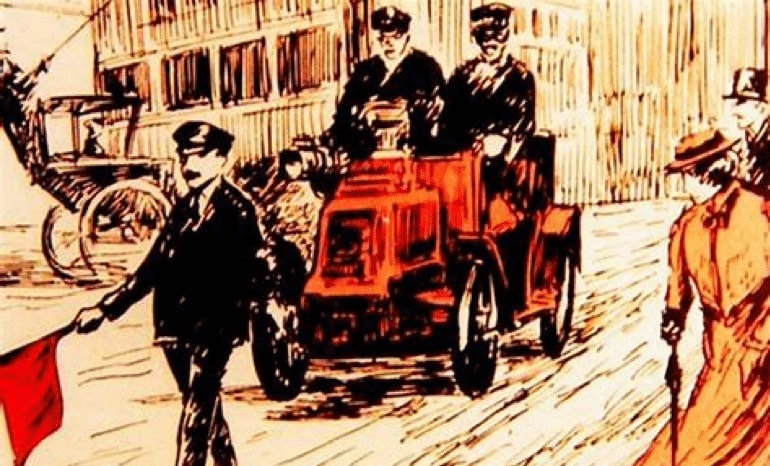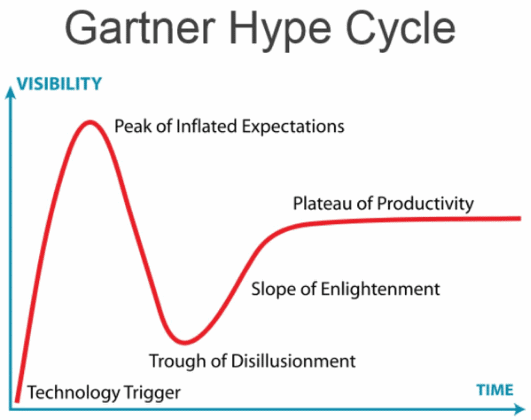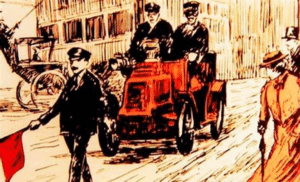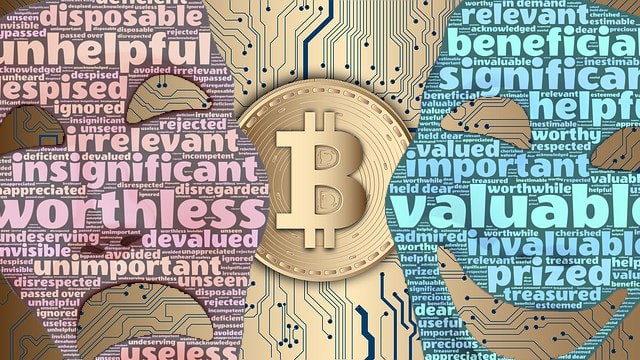Introduction to Crypto & Blockchain

My difficult task is to introduce you to the world of blockchain, decentralised organisations and cryptocurrencies. It will be a long and exciting journey. We will discover together the role of cryptocurrencies in the past and comment on the future events that will involve the blockchain and crypto ecosystem. We will discuss together the amplitude of the digital revolution, which is going to enter our lives, especially after the Corona emergency.
In order to understand how blockchain and cryptocurrencies will change our lives, let me describe the situation we have today. More than 10 years ago an unknown person, who called himself Satoshi Nakamoto, invented bitcoin and the Bitcoin blockchain. Blockchain is the underlying technology used to create, store and transfer bitcoins. Note that bitcoin (with a small “b”) signifies the cryptocurrency; Bitcoin (with a capital “B”) signifies the blockchain used to manage the bitcoins. The story of Satoshi Nakamoto will be the subject of the next blog. Now let’s focus on the scope of this invention:
People tend to overestimate what will happen in the next few years, but underestimate what will happen in a decade. At first, bitcoin and blockchain were known only by a few IT aficionado’s, cryptopunks or libertarian. Suddenly, in 2016-2017 we saw a great number of news about the king of cryptocurrency, when its value reached a top of almost USD 20,000 per bitcoin. At this period, everybody was excited not only with the cryptocurrency, but especially with the blockchain technology. It was enough for a company to report the use of blockchain into a product to see its shares soars.
Today we are on the opposite side.
There is still no global use of blockchain technology, and the value of bitcoin was not able to reach its all-time high and is now fighting to stay above USD 7,000. Many observers have declared the death of bitcoin and useless the blockchain.
So, is the crypto-blockchain revolution dead?
I don’t believe so. On the contrary, what is happening is the very well know cycle of Technology Adoption as indicated in the graph below.

After the hype, where blockchain was considered the global problem solver, some real cases are now getting more and more mature.
Consider the following fields –
Payment System:
Bitcoin is so far the biggest service using blockchain technology. Adoption is however, still limited, mainly due to the great volatility which is making bitcoin (so far) inappropriate as a store of value. Nonetheless, the concept has proven to function and has many advantages. More and more actors, including governments, are studying the use of blockchain technology for the issuance of a digital currency, which allows for inexpensive transactions.
We will have a more detailed look at this phenomena in a future post.
Financial Infrastructure:
Blockchain technology allows for the immediate transfer of a digital asset. This removes the necessity of settlement and clearing, and reduces costs for both the market players and investors. The financial industry has understood this and is investing billions in order to create the financial infrastructure of the future. In the next months we will see more and more financial products being tokenised and issued on blockchain’s based technology.
Digital Identity:
in a virtual world, the need of a secure digital identity is indispensable. How many of you are fighting with your passwords when navigating on the internet?
Due to its characteristics, blockchain is the appropriate technology for the creation of digital identity. This will allow us to open banking accounts, vote, purchase goods and services on the internet with only one click. It will also create medical records and give a value to all our action in the web. In this field also, investments are increasing and traditional companies are purchasing blockchain start-ups in order to acquire their “know how”. The issuance of digital identity on the blockchain will simplify the user experience in the digital world. This will also help accelerate the digitalisation process.
Supply Chain:
The combined use of blockchain and smart contracts would allow for the automatisation, acceleration and reduction of the costs of supply chains, thus allowing a more efficient transfer of goods and services for the advantage of both the manufacture and the consumer.
If blockchain and cryptocurrencies can change the use of the Supply Chain, we will indeed have a revolution in the way how we are living. This will be discussed in future posts.
I will conclude with an anecdote.
When the first’s cars appeared on the streets, pedestrians were afraid of them. As a result, lawmakers’ imposed car drivers to have a person walk in front of the car, clearing the way with a red flag.

The same is happening today, especially with cryptocurrency. Do not let your fear take over. Learn the new technology and decide for yourself if this is something that is useful for you. My posts will help you to make your own decisions.
We will start with the next post by telling the bitcoin’s story.









